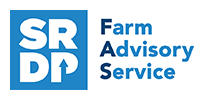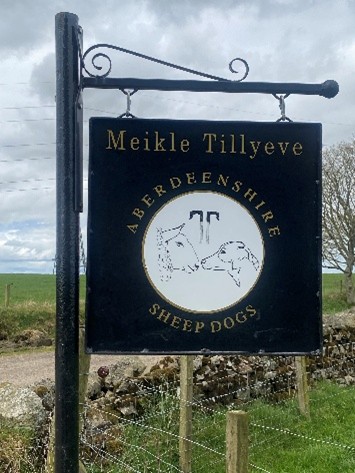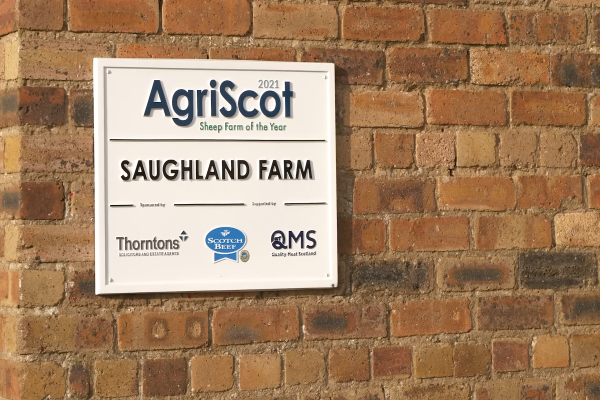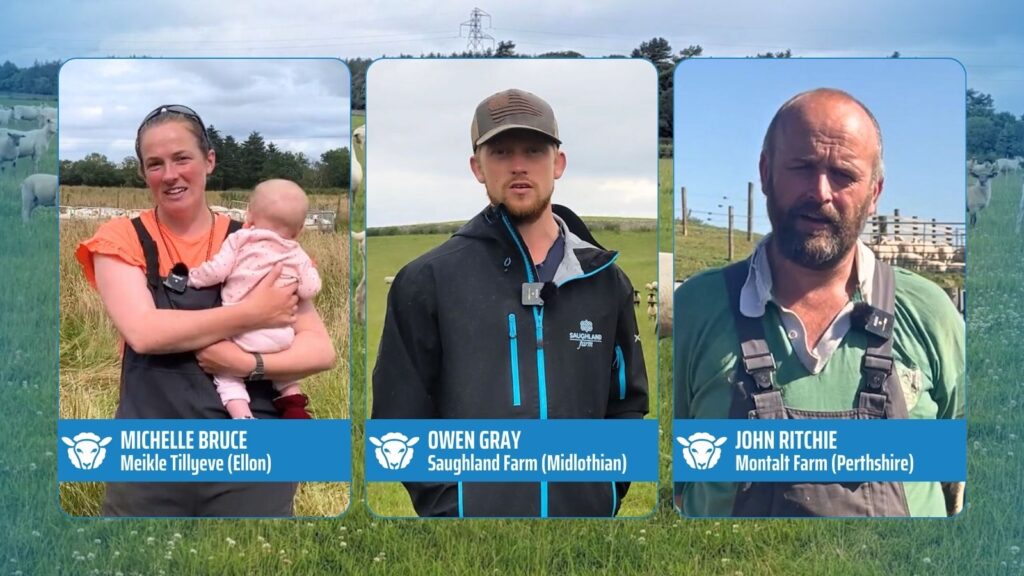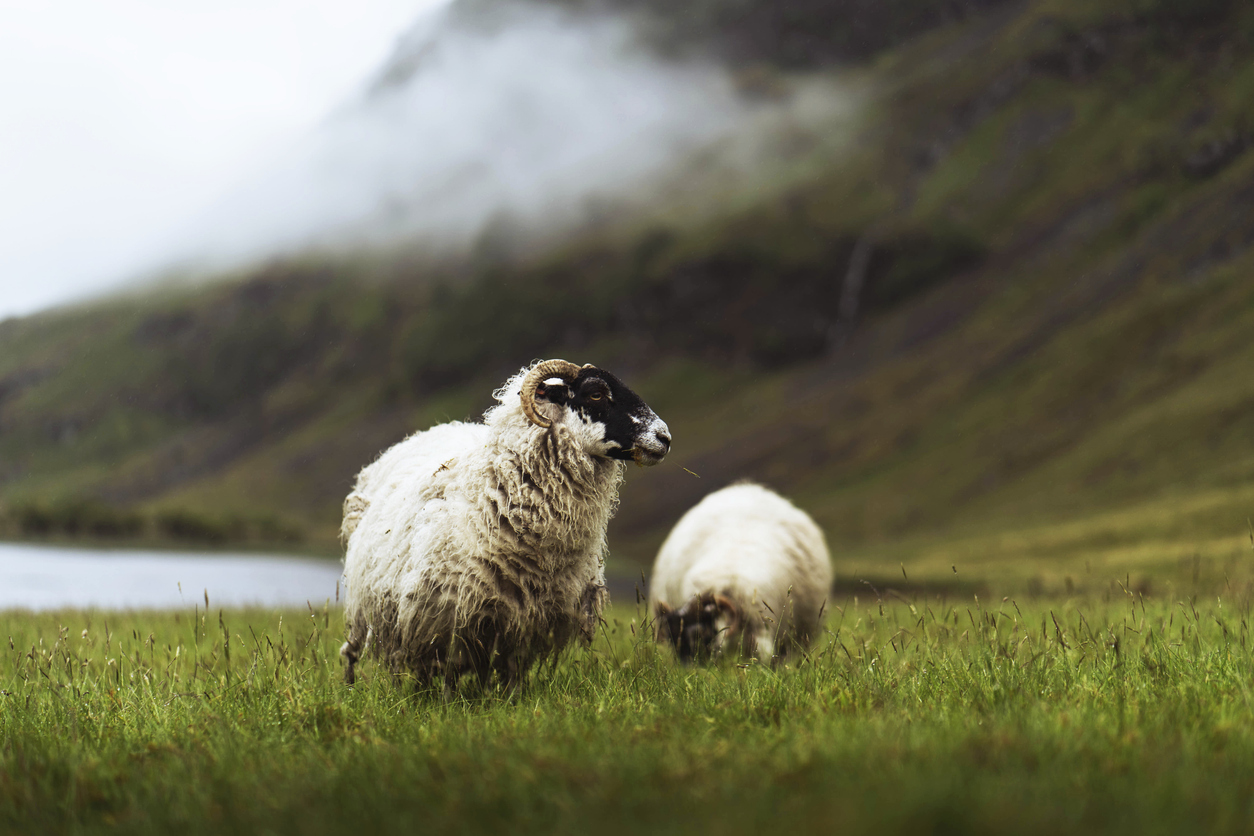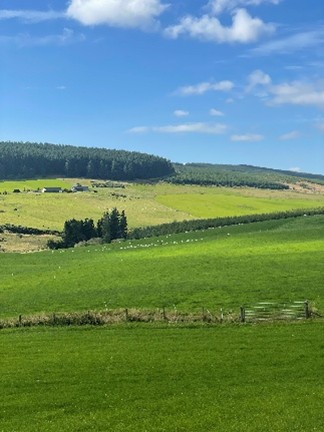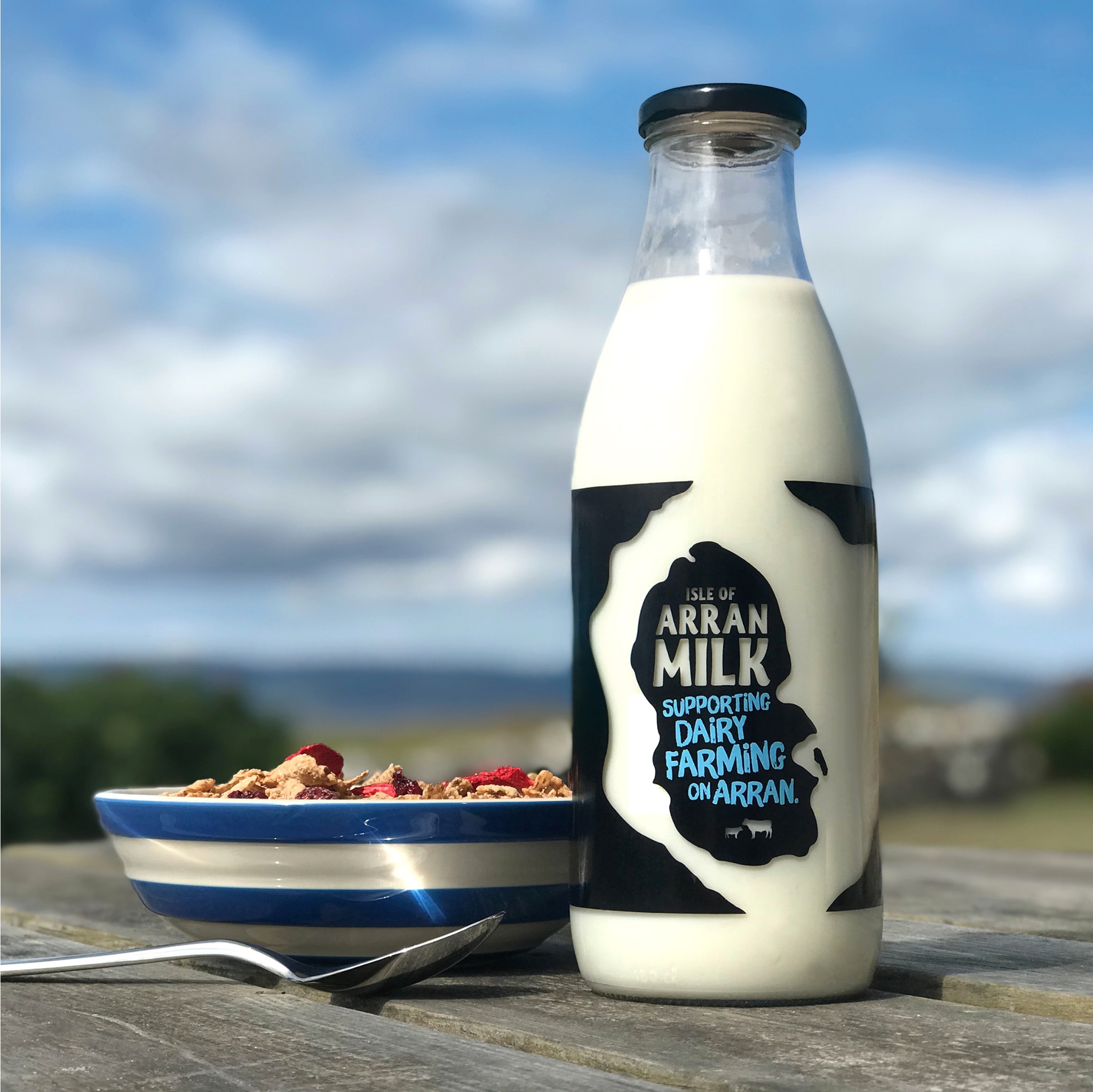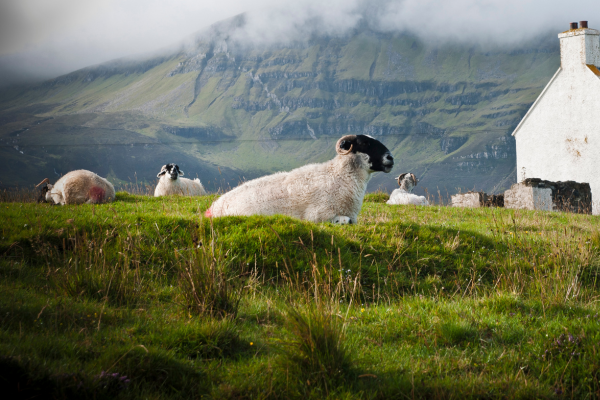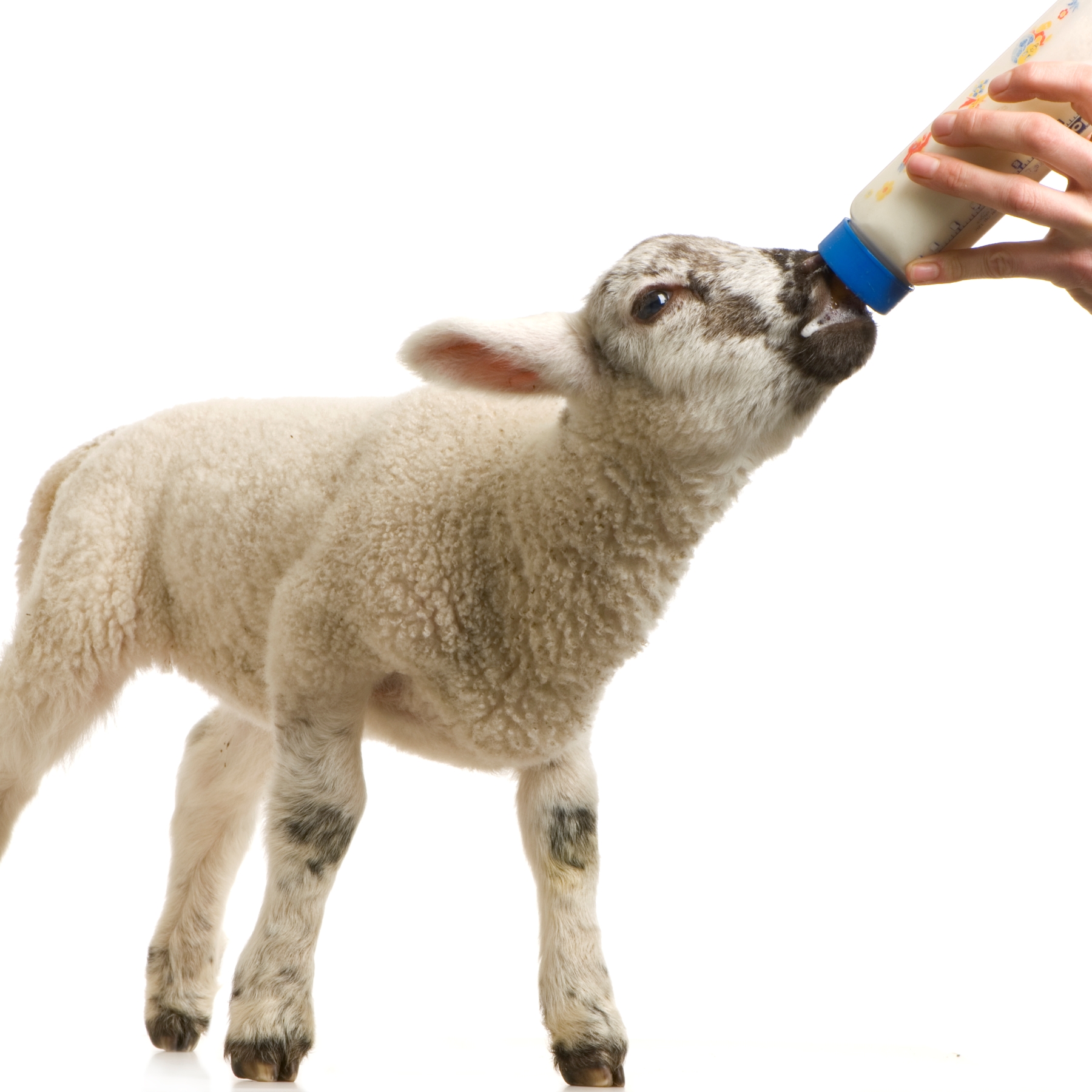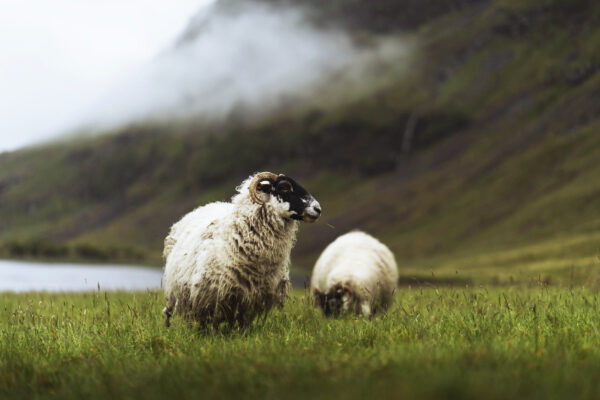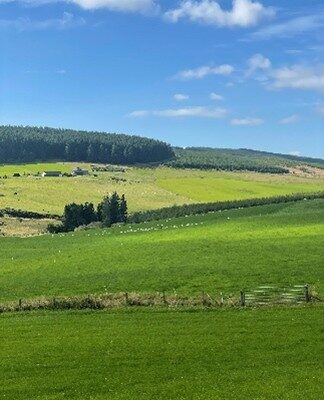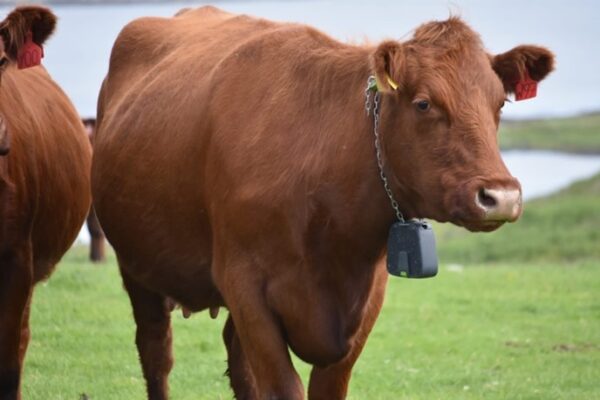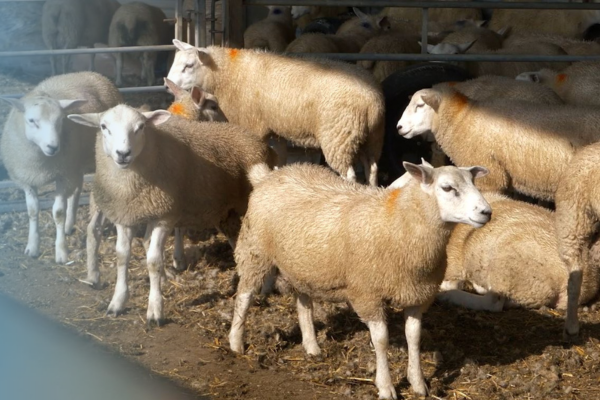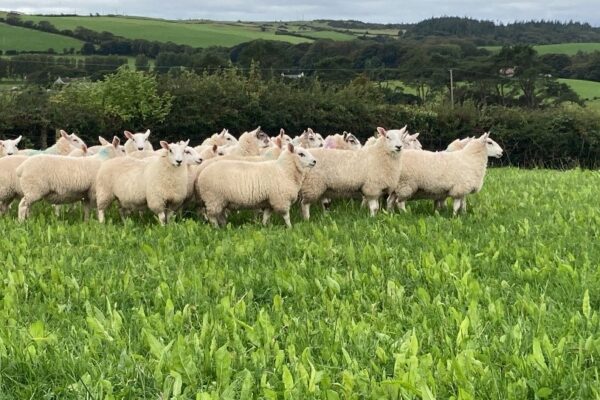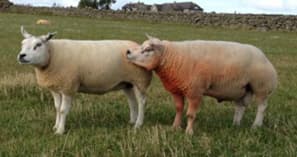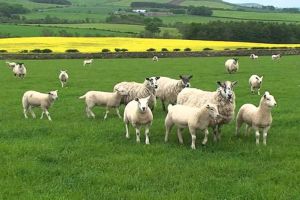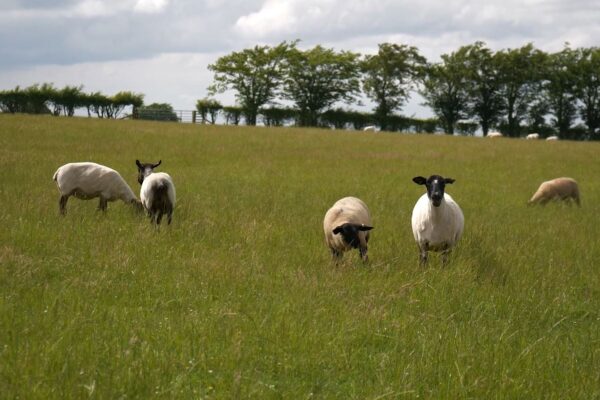Monitoring Flock Performance Vlog Series
28 August 2024Throughout 2024 and 2025 we followed three sheep farmers in Scotland to discover how they monitor flock performance, and how data helped them make future decisions on breeding and management.
Farmer Vlogs
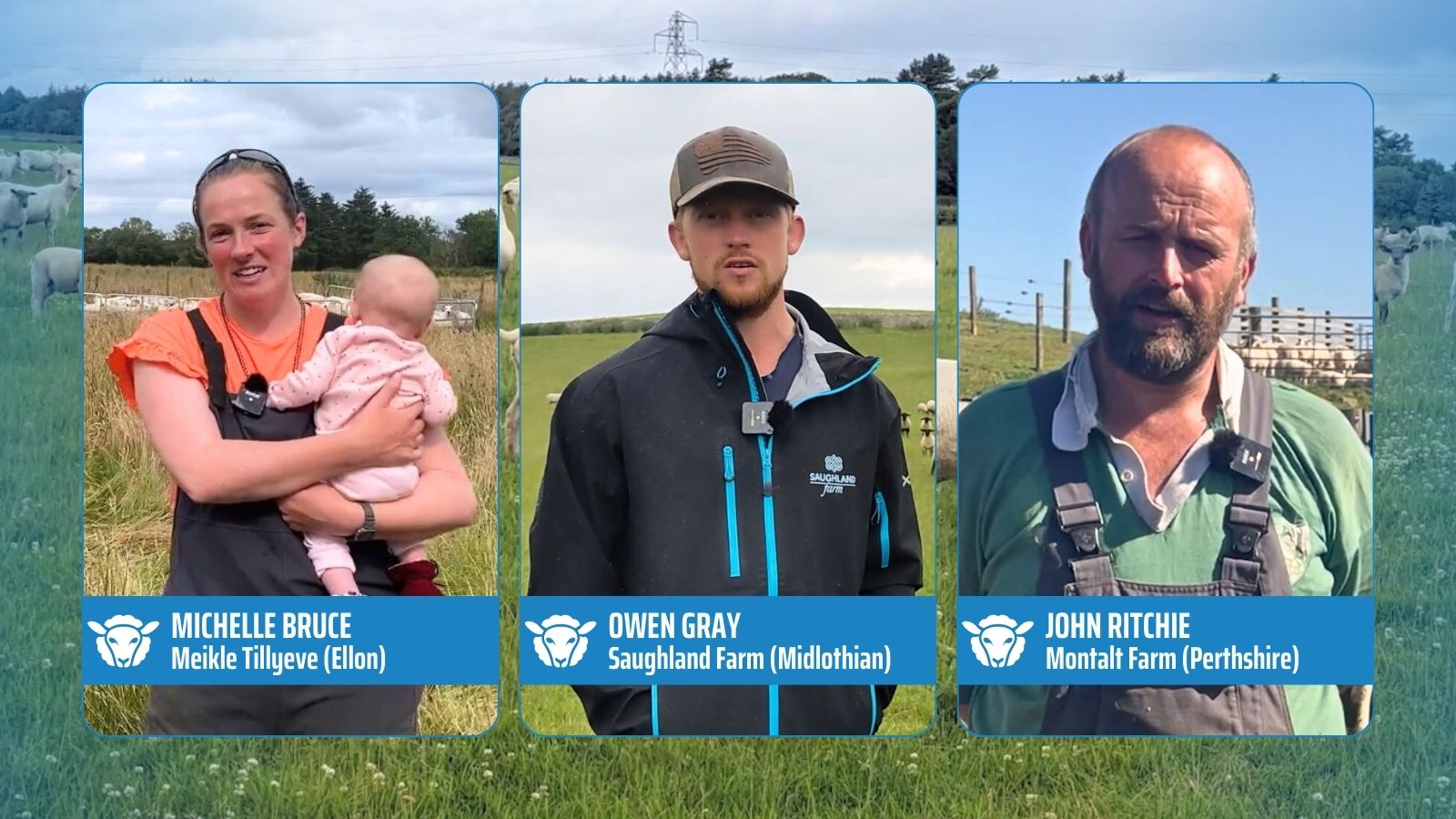
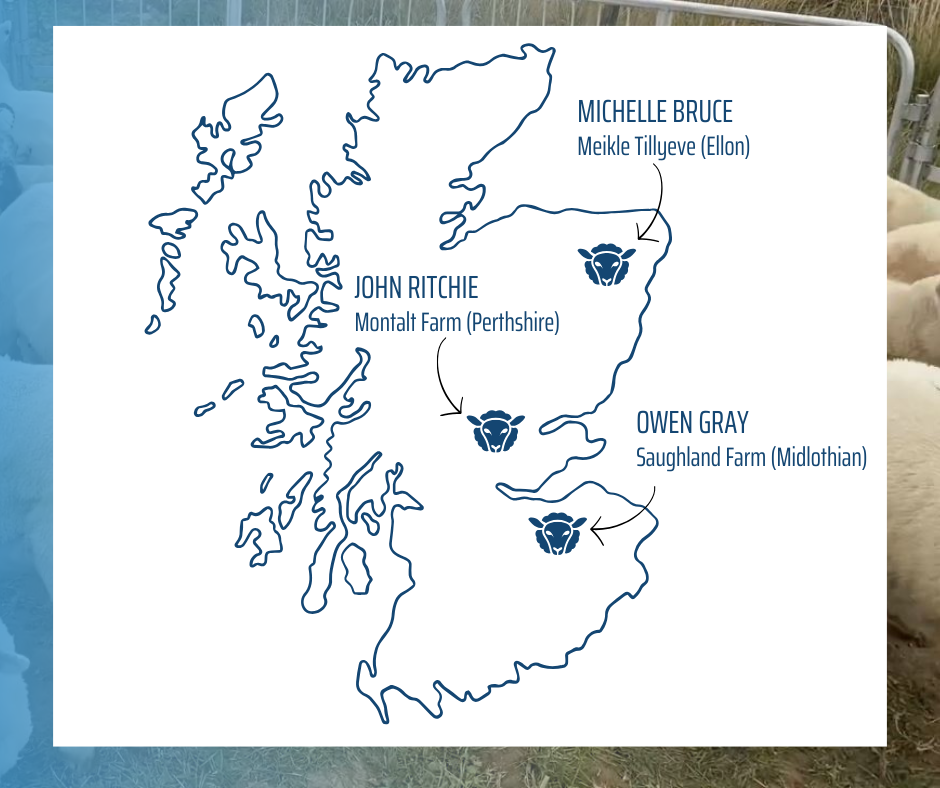
Michelle Bruce, Meikle Tillyeve (Ellon)
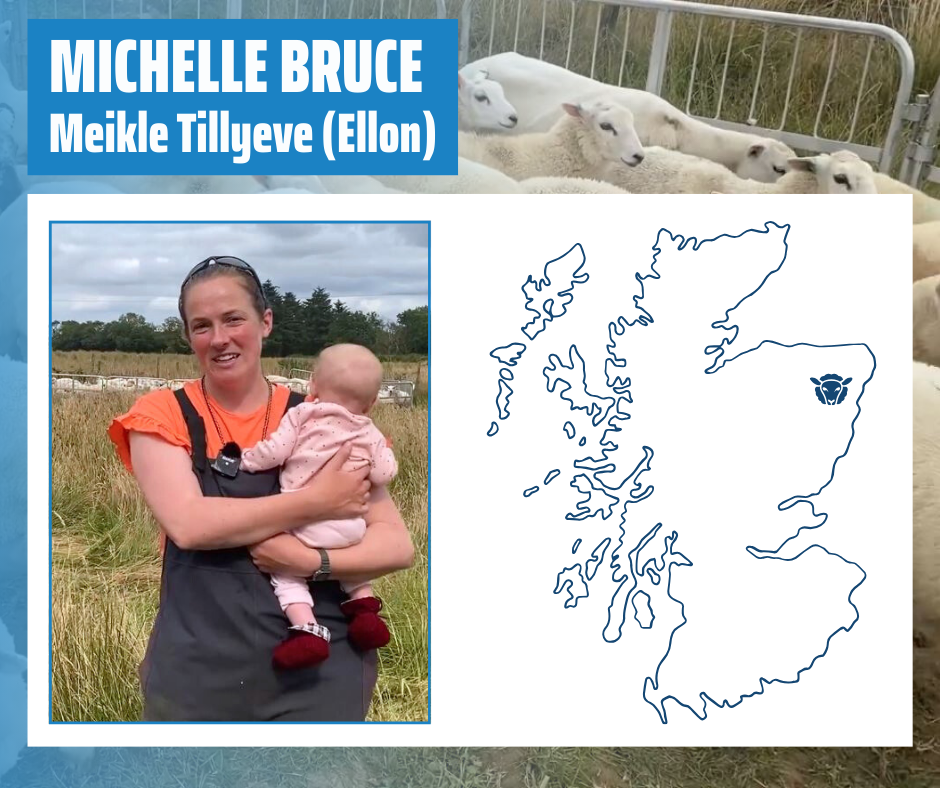
Weaning & Driving Flock Decisions
Michelle starts to think about the next breeding year at weaning time, with lamb performance and a weaning % calculation made, this helps decide who makes the A flock for tupping time. Hear about it, in this short video we made in August 2024.
Watch here >>
In our second vlog with Michelle, she is preparing for tupping. She has analysed her weaning data, and from this has made meaningful flock decisions to increase efficiency. She has chosen her A flock, ewe lamb replacements and her tupping team from this data. Watch here >>
Data Gathering at Lambing Time
In our third and final vlog with Michelle, she is in the thick of lambing. She explains the data collected and recorded at lambing time, including ease of birth, lamb vigour, mothering, and milk. Communication is vitally important. Michelle explains how they use bucket lids to gather information and demonstrates the speed of collecting this data at lambing time. Watch here >>
Michelle collects data throughout the year, using a handheld stock recorder. This allows her to capture key data at handling times, to then analyse and make flock decisions, to increase the productivity of the flock for the future. The aim of the flock, is to have a maternal ewe, rearing two lambs, and weaning 100% of her body weight annually. Read more >>
Owen Gray, Saughland Farm (Midlothian)

Using Data for Flock Management Decisions
Lamb Growth & Parasitic Worms 2024
Lambing Time: Reaping the Rewards of Genetics and Design
We return to Owen at Saughland Farm for the final VLOG in the series – lambing 2025. Lambing 1700 ewes outdoors has worked well with only two lambing staff due to kind weather, genetics, and management. Even triplets have lambed outdoors, which has reduced labour and infection. Owen describes the lambing system, how he collects data, and the plan as spring unfolds. Watch here >>
The team at Saughland Farm has made major strides in sheep system efficiency by placing data at the heart of their decision-making. By 2019, the system was under strain: high stocking rates, lamb losses around 20%, and increasing labour demands during lambing were taking a toll. Read more >>
John Ritchie, Montalt Farm (Perthshire)
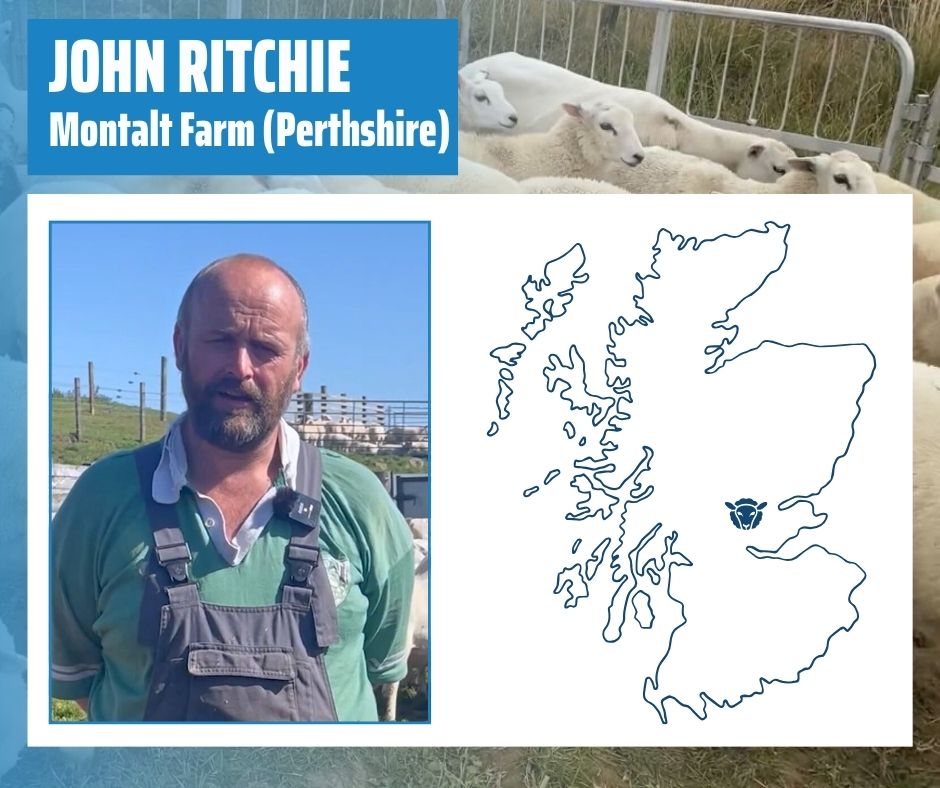
August marks weaning time also at Montalt. In the first central vlog of the series John takes us through how he monitors ewe's performance using predominantly body condition to ensure all ewes can withstand a grass only based system and the simple measures that can be put in place to select his breeding stock for the following breeding season. Watch here >>
Monitoring Grazing Cover and Body Condition Post Scanning
We're back at Montalt for Vlog 2 of the Central monitoring flock performance series. In this vlog John discusses his ewe management from tupping to scanning and the importance of consistent monitoring of body condition and grazing availability on increasing resilience and reducing reliance of bought in feed while also optimising ewe performance. John also discusses the importance of planning ahead and early training of ewes to ensure performance is maintained in case of any unforeseen events. Watch here >>
Keeping Performance Monitoring Simple at Lambing
We join John for our final vlog in the series. It's lambing time at Montalt, and since our last vlog, the ewes have moved from their wintering, through a pre-lambing rotation, and back into set-stocked groups for lambing time. We look back on how performance is monitored, since scanning and keeping flock performance monitoring simple during the busy lambing season. We also look forward to how the performance of ewes and lambs is monitored during lactation.. Watch here >>
For the Ritchies at Montalt monitoring body condition of their flock is essential to maintaining flock performance on a grass-based system. The main aim of the system is to maintain body condition of the entire flock at body condition score of 3 or above to minimise the requirement of concentrate feed in the system meeting ewes’ nutritional requirements on grass and preserved forage throughout the year. Read more >>
Approaches to Monitoring Lamb Growth Rates
In this video, Poppy Frater discusses various approaches to assessing lamb growth, from the thorough method of weighing each lamb to the use of sales data for retrospective analysis. She suggests a target of 250g/day from birth to sale, but with regular weighing on your farm, you can develop targets to suit your specific context. Watch here >>
Monitoring Performance - Putting Research into Practice
Increasing Lamb Survival through Recording
In this video, SRUC Researcher Cathy Dwyer explains how lamb survival drives productivity on farms. She describes how the ewe-lamb bond is made and how important lamb vigour and vitality are in developing this bond. Recording key traits such as lambing ease, speed to stand, if suckling is assisted, and causes of death can provide excellent information to make flock decisions for next year, to increase lamb survival in your flock. Watch here >>
Sign up to the FAS newsletter
Receive updates on news, events and publications from Scotland’s Farm Advisory Service
